Literally nobody should be surprised by what public schools did with all that pandemic aid they got during the COVID emergency.
Very little of it actually was spent on making schools more resilient to COVID or COVID-like diseases.
If you thought the money would be going primarily to health-related investments you would be disappointed. It isn’t going so much to buying new air filtration or similar expenses. Why would they spend the money on COVID-related things, since they worked to keep kids out of school in the first place.
So how are schools, which are rushing to spend the money as fast as they can, using the extra dough. As you expect: expanding the money being spent on school personnel. Increases staff, salaries, and bonuses.
Some of that money is going to remedial education, as you would expect. The teacher unions were bound and determined to keep schools closed or reduce in person time with students. This led to well-documented learning loss for students, and increased behavioral problems now that students are generally back in classrooms. So that money is going to cleaning up the mess. It will never work. They did permanent damage, and will keep asking for money to deal with it.
But a lot is going to “teacher retention,” which is a fancy way of saying increased salaries and bonuses. The claim being made–and to be honest I cannot either confirm or dispute it, is that teachers are opting out of the profession. The money is being used to persuade the teachers to stick around. I am skeptical, but ignorant of the facts. I will keep my snark in check on this one.
Yeah, but… None of that explains why 85% of the federal money provided last year was never used. If there was an “emergency,” you would think the “emergency” funds were necessary.
One hint is rarely discussed by those who are desperate to pour more money into public schools: there was a huge drop in the number of students they serve. About 2 million have left the public school systems since COVID began, seeking greener pasture or completely opting out as they have lost the habit of going to school. Part of the increase in crime is actually driven by young teens who have basically dropped out. Just short of 5% of students left the system.
Just one example from my neck of the woods: Minneapolis schools lost 15% of their enrolled students. That is an unusually high number, but Minneapolis Public Schools are unusually awful.
Zoom in: Enrollment changes varied depending on the district.
- Minneapolis Public Schools saw the steepest decline, losing 4,300 students, or 15% of its pre-pandemic enrollment.
- St. Paul (6.7%), Burnsville (8.5%) and Buffalo-Hanover-Montrose (9.7%) also saw big declines. The state’s largest district, Anoka-Hennepin, lost 1.8% of enrollment.
The other side: Some public school districts bucked the trend and saw increases, including Hopkins (1.5%), Lakeville (0.9%) and Edina (0.4%).
By the numbers: Districts across the country with the most remote classes lost 4.4% of their students, compared with a 1.1% drop for those that mostly held school in person, according to the survey.
Between the lines: The survey suggests that families who are frustrated with remote learning and other pandemic-related difficulties are likely to toggle their children to other options like charter schools, private schools, or homeschooling.
Another is that the feds were not the only ones pouring more money into schools. The “emergency” allowed states to expand their “investments” in schools, meaning that the schools literally had more money than they could spend right away. It takes work to spend that money in a way that could be plausibly be explained. Especially when enrollment is declining fast.
Another complicating factor is that schools are using one-time money for ongoing expenses:
The temporary nature of the funding complicates the rationale for using it to hire staff, however.
“If you use this money to pay for more positions, then you’re setting yourself up for what they call a fiscal cliff,” Butcher said.
The final round of funding expires in the fall of 2024, which could put some jobs and programs in jeopardy.
“At the most basic level, there’s the mismatch of choosing to use one-time federal money to buy things that commit the district to spend money beyond this year and next. Case in point: using temporary funds to hire a slew of new employees, most with an expectation of continued employment, steady salary raises, and future retirement benefits,” Marguerite Rosa, director of Georgetown University’s Edunomics Lab, wrote in a piece for the Thomas B. Fordham Institute.
New York City’s public schools have spent a significant chunk of the relief money on growing its universal pre-K program, which was a wish list item that long predated the pandemic and that critics say has virtually nothing to do with helping students recover from learning loss.
“The second-largest part of New York City’s allocation, $1.98 billion, or 28.4%, targeted the full expansion of the city’s 3-K initiative (universal free educational childcare for 3-year-olds), which began before the pandemic hit,” the state comptroller’s office noted last month in an analysis of how the city school district had used its relief money.
“Emergency” money was, supposedly, not intended to fulfill wish lists, but keep schools going during the worst of the pandemic. And of course to help them recover. But that presumed that schools are primarily used to provide and education, not as mechanisms to funnel money to favored groups or ideological grooming.,
That is a mistake. As somebody who used to teach college students I can tell you that public education sucked in the 90’s, and the stats show that the problem has only gotten worse. Private schools beat the pants off public schools. We all know that. Yet lawmakers fight tooth and nail to make it difficult to send kids to private schools.
Conservatives already expected the public schools to waste the extra funding, and liberals already knew that the emergency was all about ripping off taxpayers.
Unfortunately Indies pay little attention, wanting nothing more than to believe that there is nothing to see here, so they move along. Thinking too much about the decline of Western Civilization is painful, so they focus on the next episode of Andor.
If our “public servants” actually cared about improving the performance of kids they would make it easier for parents to opt out of public schools and attend better performing private schools. But that isn’t the point. They are fine with creating the TikTok generation because it serves their purpose. And the public schools are all about funneling money to their clients in the teacher unions.
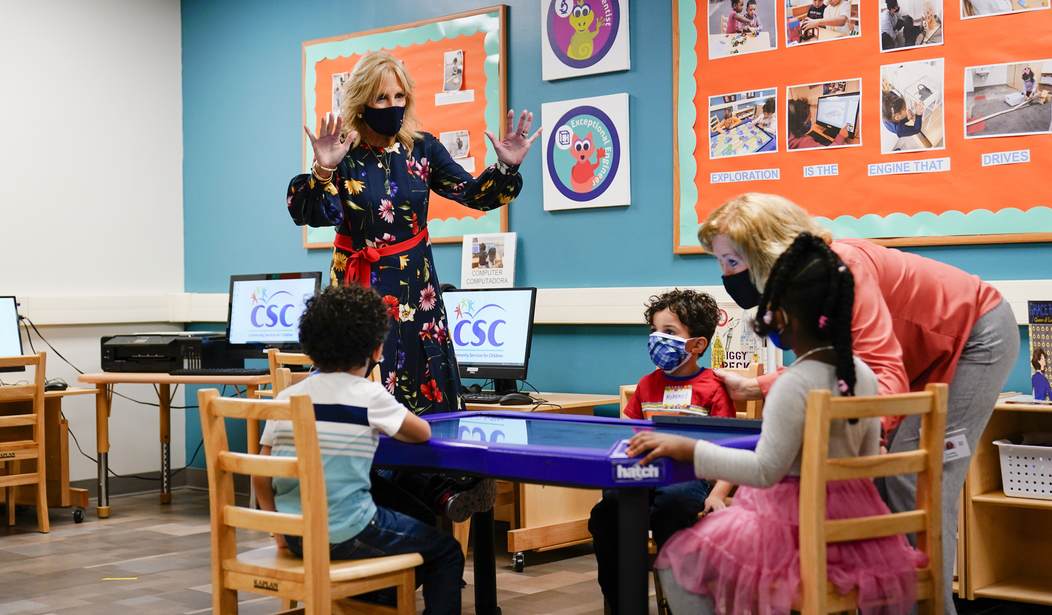
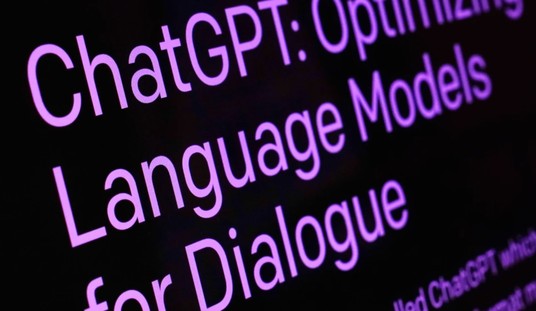


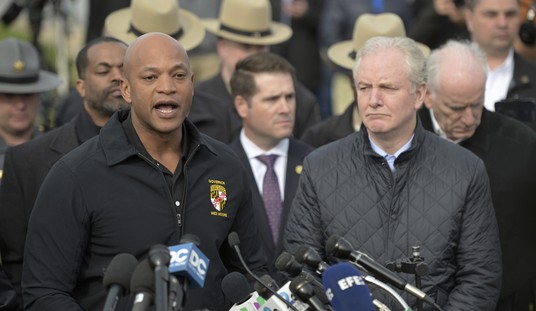
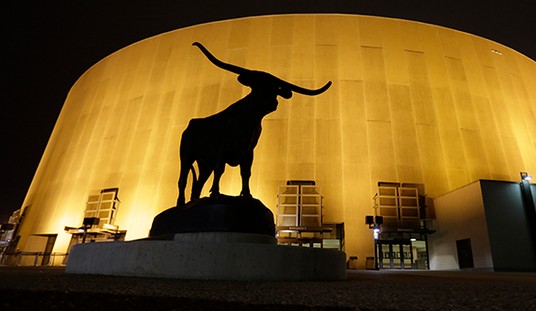
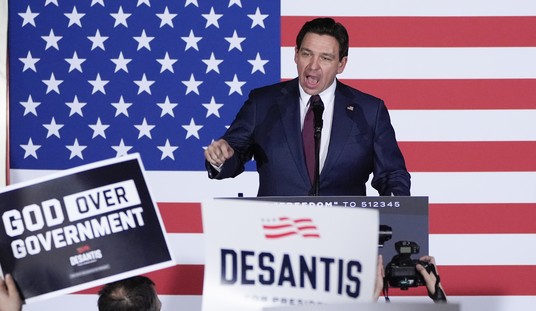
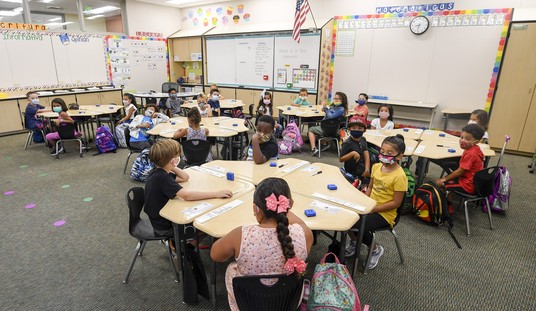
Join the conversation as a VIP Member